- hello@chalets-lesgets.com
- +33 450 79 75 22
- See Summer Site

In the Autumn of 2023, we added solar panels to two of our ski chalets here in Les Gets. This is part of our drive towards more sustainable and eco-friendly holidays. We wanted to share all the details of what we installed, why, and how much electricity it has produced.
Hopefully other chalet companies considering doing the same might find this a useful reference for their own eco-friendly projects. If you have a chalet, and are considering solar, please don't hesitate to get in touch if you'd like to chat through our experiences of getting solar added to our chalets, or anything else.
The 42 solar panels were installed on The Alpine Loft and The Alpine Lodge on the 19th of October 2023, marking another significant step in our eco journey with Mountain & Tradition.
This data updates every 24 hours. Panels installed 19th Oct 2023
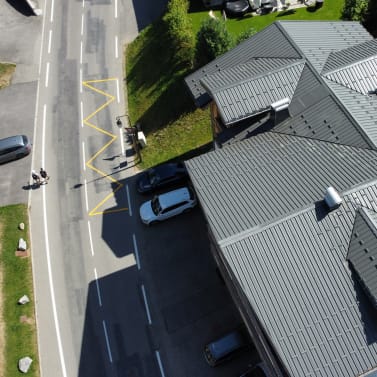
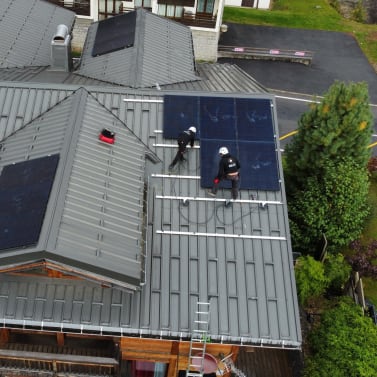
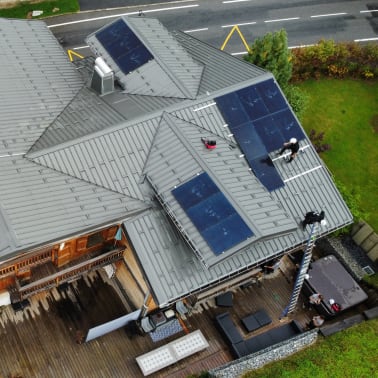
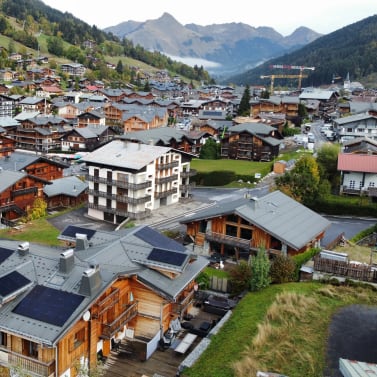
It was no small task selecting the system to go with. There are almost endless options to pick from, and it can be quite technical too. We wanted to share what we went for in case it helps other chalet owners looking to install panels. Here are the details of what we have installed.
We picked panels that would give the very best efficiency. The MaviWatt 425w panel is an N-TYPE panel featuring bi-glass/bifacial construction. Those didn't mean a lot to us initially, but from our research it seems to indicate it's the latest technology and offers some of the highest efficiencies available. We picked these with aesthetics in mind too, selecting the full-black panels which seamlessly integrates into roofs, presenting an integrated appearance from a distance. MaviWatt, a French brand under MAVISUN SAS, and they give robust guarantees for product and performance, extending up to 30 years. Snow loading is not an issue on such panels.
The panels above all have integrated micro-inverters, which means each panel has its own micro-inverter built in.
There are two main choices with solar panels. You can have one separate inverter (which changes the DC electricity that the panels produce to AC electricity that chalets consume), or each panel can have its own mini-inverter built in (sometimes called a micro-inverter). On the advice of the installation company we went for the latter, though both systems have very similar outcomes as we understand.
We decided against battery storage. It added a lot to the cost, so decided to focus the investment on getting as many panels as possible. You get paid for any excess electricity you give back to the grid then the economic argument wasn't really there either.
The electricity generated by the panels first goes to running our chalets, which hopefully will dramatically reduce our electricity bills. When they are generating more electricity than the chalets are using, then the surplus is sold back to the grid, enhancing the overall profitability of the project.

The panels are at a 30° tilt, as they are fixed flat on the roof and that's the roof slope. Luckily the 30° slope also happens to be about the best angle for solar panels at our latitude. Thirty panels face 225 degrees (exactly South-West), while twelve panels are positioned at 135 degrees (exactly South-East).
Azimuth is just the fancy terms for which direction the panels face - South, West etc. In our installation thirty panels face 225 degrees (exactly South-West), while twelve panels are positioned at 135 degrees (exactly South-East). This was just the available roof space on the chalet.
This wasn't something we really got to choose, it's just the directing the chalet roof faces, though again it has worked out quite well. It would be slightly more productive if all the panels faced south (by about 5% we are told), but by having some facing SE and some SW we have a longer period of production throughout the day making the electricity generated more useful to us.
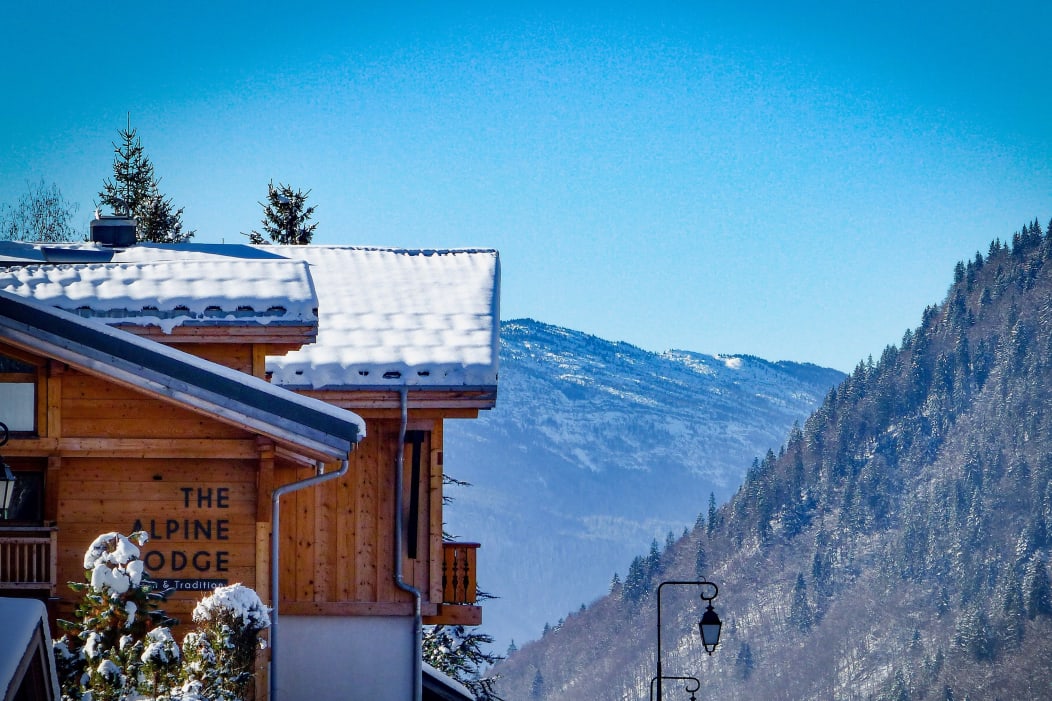
We chatted to a few solar companies before settling on Solely, who are based down in Annecy. We found them helpful, knowledgeable, and very pleasant to deal with. Price wise they weren't the cheapest but also were offering the highest spec kit so seemed fair in their pricing.
Established in Annecy since 2018, Solely specialises in photovoltaic solar installations. Founded by two friends from Haute-Savoie, one an electrician/photovoltaic technician and the other a sustainable development engineer, Solely focuses on local action for ecological transition and energy independence. Offering turnkey solutions without subcontractors, they manage all project stages, ensuring quality from design to commissioning. With RGE certification (Recognized Guarantor of the Environment), they offer installations ranging from 1 to 250 kWp power.